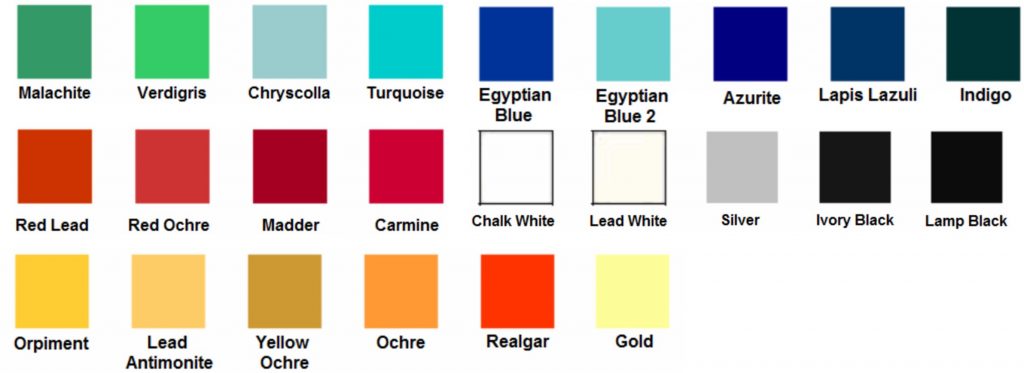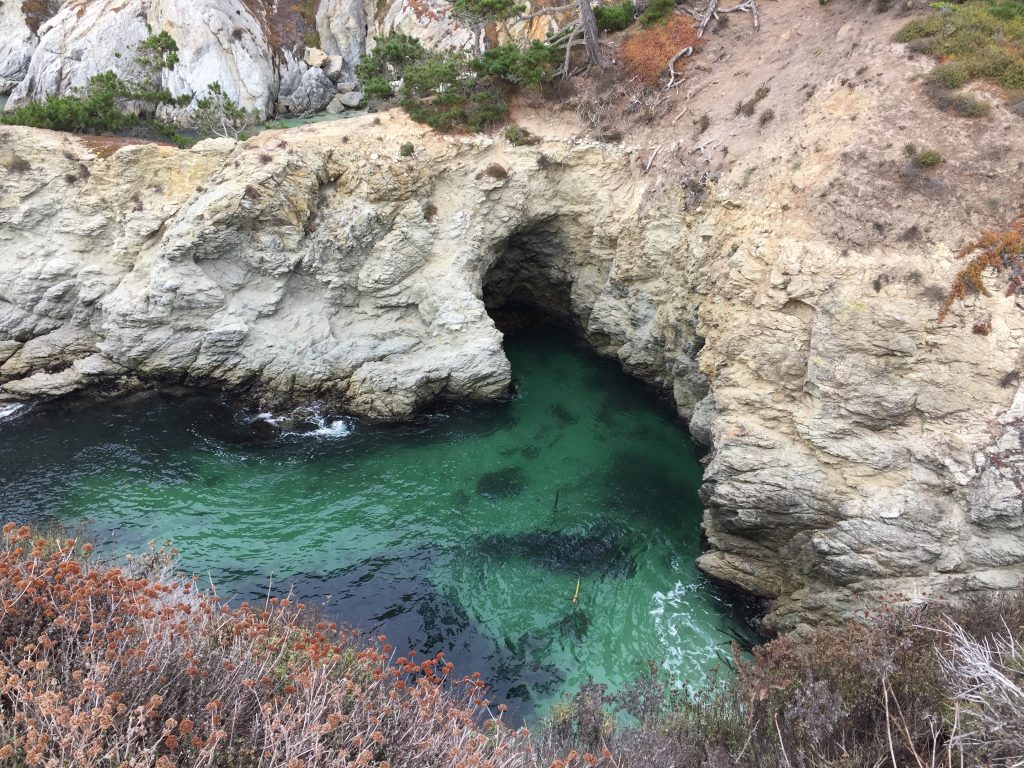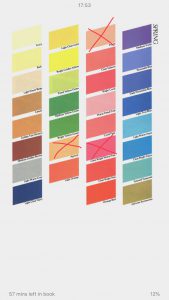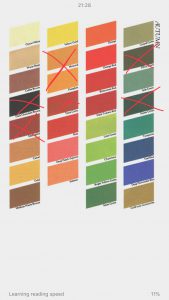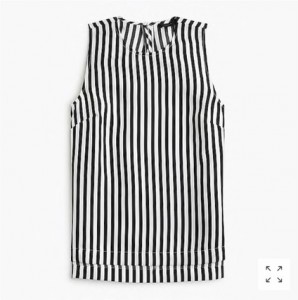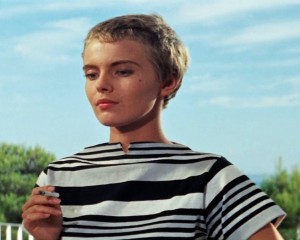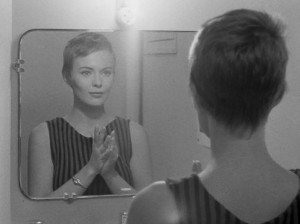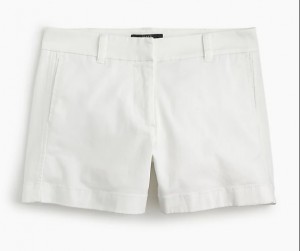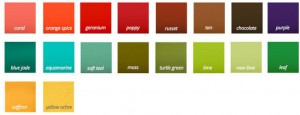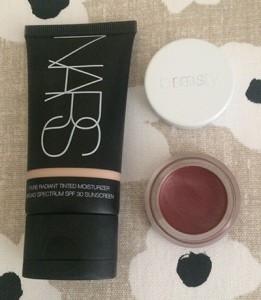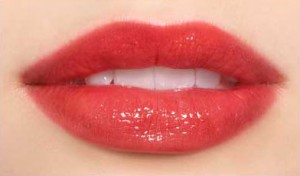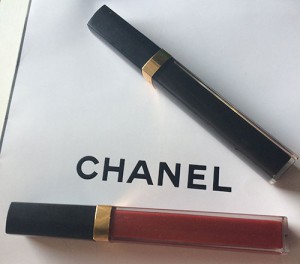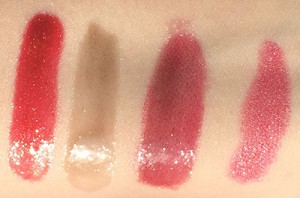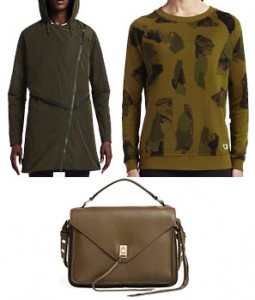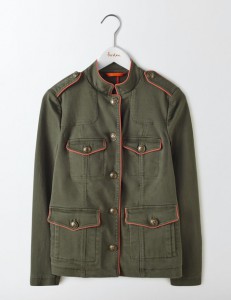This post uses affiliate links.
This music video is a little strange, but the song fits where I am with my style right now.
Sometimes, we treat our style and season as if it’s going to last our whole lives. Often, though, it’s more of a stop along the way, rather than a lifelong thing.
I have noticed that I tend to change my style in some way when something major in my life changes. I started looking at Kibbe and Dressing Your Truth after I felt a shift in my life toward coming into my adult self, having my first real job, etc. I stayed in a kind of autumnal space until it just didn’t feel right anymore, and I went with 4/3 for the entirety of my time in grad school.
Now that I am done with grad school, and am working in my profession, I am again faced with my color palette feeling off. Flamboyant Gamine has been pretty constant, but wearing the T4 color palette no longer feels right to me. I know that these colors do not exist in my body, and it feels like at this point in my life, I would feel more self-assured wearing the colors that exist in me.
Wearing my season or body colors has always been something I’ve had resistance to, because I don’t get black, or neon, or many other colors that 4/3 “allowed” me to wear. For a long time, it felt like a compromise. But perhaps I’ve gotten it out of my system, because wearing the colors I loved now feels somewhat artificial.
Zyla is a system that I have been looking into for as long as I have been looking into Kibbe, Dressing Your Truth, and Sci\ART (which I no longer have faith in). But it was one where I felt like I didn’t have an archetype that felt “right” out of the box, meaning the description in the book. Zyla customizes the archetypes to the person, so some people end up with recommendations that vary greatly from what is in the book, and I’ve long felt that I would be one of those people. I couldn’t even narrow down my season apart from ruling out Summer.
But as I was thinking about it this weekend, something clicked for me. High Autumn is an archetype where other people have said that I come to mind when they read the description in the book. High Autumn is a direct, take-charge type, and that describes me pretty well.
When I was in Dark Autumn, it worked for me because it is the brightest Autumn available in Sci\ART. I do not really have the depth of Dark Autumn, though, so that was where I ran into trouble. I felt like I was a brighter Autumn. High Autumn, on the other hand, is based around the colors of Ancient Egypt. If you google this, this is one of the results that comes up:
Indeed, I recognize many of these colors from Zyla’s High Autumn Pinterest board. In particular, the realgar color seems to be the classic High Autumn color, and one that actually many who know me in real life have referred to as my “signature” color. I also find all the colors in the top row in my eyes. I went hiking yesterday, and as I looked at the water, I wondered why I have been so resistant to my body colors:
As odd as it may seem to use someone’s Ancient Egypt college project as my color palette, I think it seems like a suitable base for a wardrobe (apart from the black and white) until things open up again and I can make an appointment with Zyla. I will perhaps add an olive green and a honey brown as additional neutrals.
The bigger challenge, I think, will be making sure I retain my style personality with the new color palette. Black is an easy way to give an Edgy sensibility to your look, and without it, it can be easy to lose it at the Core of my palette. Sporty and Sophisticated should be much easier, but they’re also not my Core. I can see that this is where I had issues with the Autumn palette before–it could be difficult for me to retain my focus on expressing what I wanted with my style, and not just buying things in the right colors.
Another issue with this High Autumn approach is that there is so little information on High Autumn. David has his Pinterest board and his book, and I have seen some information from the handful of High Autumns in the community. But it’s not like, say, Tawny Spring, where there are a ton of people in the archetype within the online community, so there is a variety of versions of that archetype you can read about, and see where you resonate in terms of style.
I have created my own Pinterest board, using some of Zyla’s High Autumn pins, some other High Autumn pins on Pinterest, and some of my own.
How my style will work with this new palette, and how to bring out the special qualities of High Autumn, are something I’m going to be working out as I plan new outfits over these next few months. It is definitely a new stage in my style evolution, and I’m excited to share it with you!
Note: I know it has been a while since I have worked on some of my other projects, like putting a new video on my YouTube channel, finishing my next Cheat Sheet, or continuing my series on The Looks Men Love. The changes that led to the change in my style have also made it harder for me to work on these projects that take a lot of time and energy, but I hope that as things settle and I adjust that I will be able to pick them back up. So don’t worry; I haven’t abandoned anything. 🙂
Stylesyntax.com is a participant in the Amazon Services LLC Associates Program, an affiliate advertising program designed to provide a means for sites to earn advertising fees by advertising and linking to Amazon.com.
